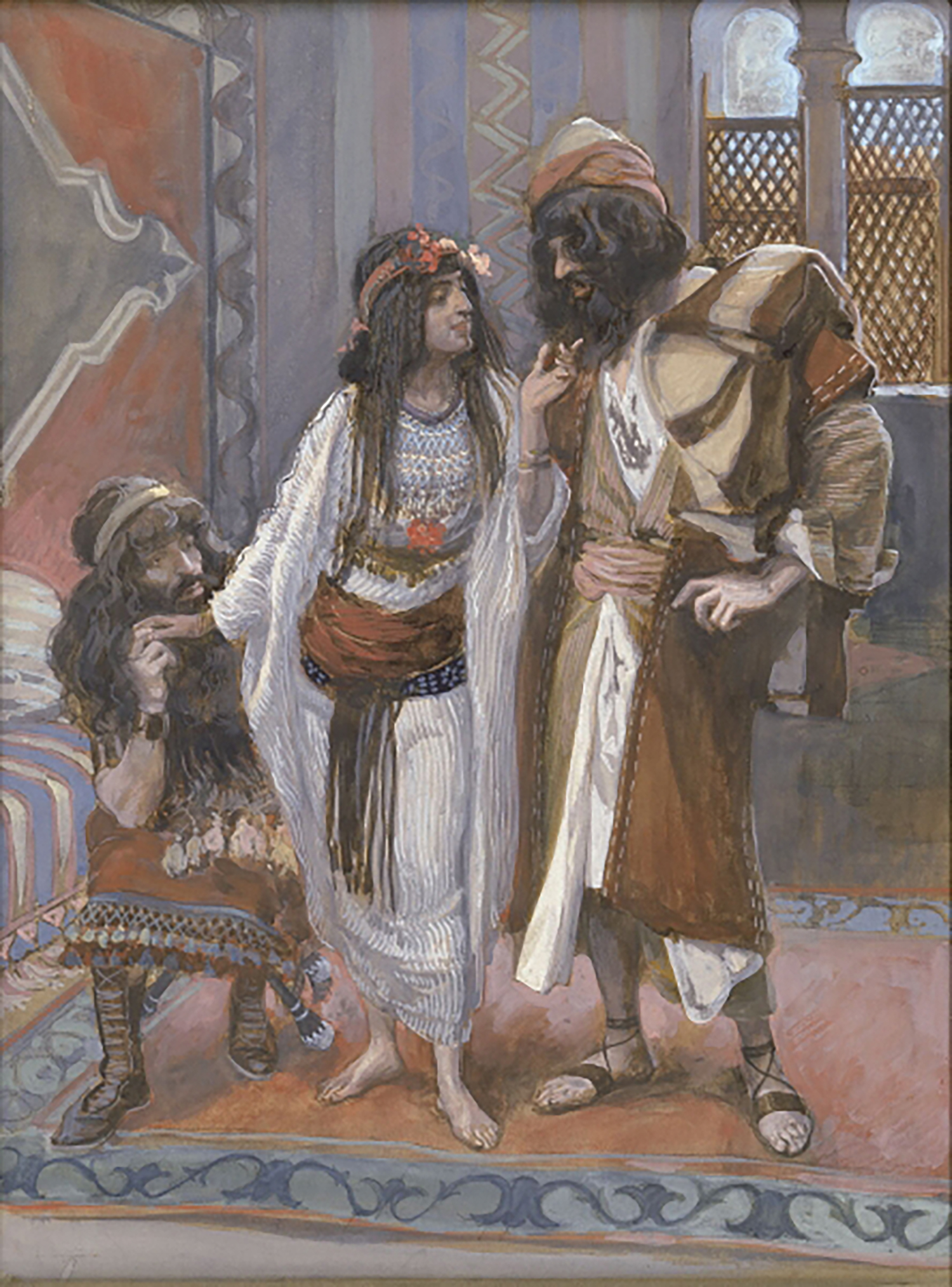Did you know there are 3 Rahabs in the Old Testament?
Of course you didn’t. You probably never even bothered to think about it. You’ve just been going about your life, carefree, thinking “I’m sure there is only on Rahab in the Bible” and that’s that.
This is why I’m here. This is what I do.
(1) The Rahab most of us know is the prostitute and resident of Jericho in the book of Joshua. She was spared along with her family when the Israelites attacked and the walls fell. She is also mentioned in Matthew’s genealogy of Jesus (Matthew 1:5), Hebrews 11:31, and James 2:25.
[Side issue: I’ve always wondered why the Israelite spies, who were sent out secretly to gather military intelligence, immediately entered a prostitute’s house upon entering the city. The text doesn’t explain but the wording not just a little suggestive:Then Joshua son of Nun sent two men secretly from Shittim as spies, saying, ‘Go, view the land, especially Jericho.’ So they went, and entered the house of a prostitute whose name was Rahab, and spent the night there.—Joshua 2:1.
This sounds like a topic for another post altogether, but let me point out that what they were doing in there is left to the reader’s imagination—barely. And this wasn’t a secretive move on their part. In the next verse we read that the spies are immediately found out, since—think about it—a prostitute’s house was like Grand Central Station. If you’re trying to sneak around, this is the one place you do NOT go. Very, very bad spies. But I digress.]
(2) Less familiar is Rahab the ancient mythic sea monster that God slew at creation. This creature is not mentioned in the main creation story of Genesis 1, but we do see it in Job 9:13 and 26:12, Psalm 89:10, and Isaiah 51:9.
[Side issue: And that just goes to show us that a “biblical” view of creation can’t just camp out in Genesis 1-2 and make up all sports of nonsense about how we can see the Big Bang or evolution there if we look hard enough. Ancient Israel’s view of creation is diverse and mythic and ALL of the information at our disposal needs to be accounted for if we are going to claim to be truly biblical. But I digress again.](3) Even less familiar is Rahab as another name for Egypt (Psalm 87:4 and Isaiah 30:7). I’m not sure what’s going on here, but my guess is that the imagery of mythic Rahab (defeated by Yahweh) is being applied to Egypt (defeated by Yahweh).
[Side issue: this Rahab is not nearly as interesting as the other two.]And with this, you are equipped to impress your pastor and show off to your lazy Bible reading friends. You’re welcome.
PBTB #3 coming your way in a week or so.
This blog was first posted in October 2016.
***If you want to read books of mine that contain no trivia whatsoever, here are some: How the Bible Actually Works (HarperOne, 2019), The Bible Tells Me So (HarperOne, 2014), Inspiration and Incarnation (Baker 2005/2015), The Sin of Certainty (HarperOne, 2016), and The Evolution of Adam (Baker, 2012).***

